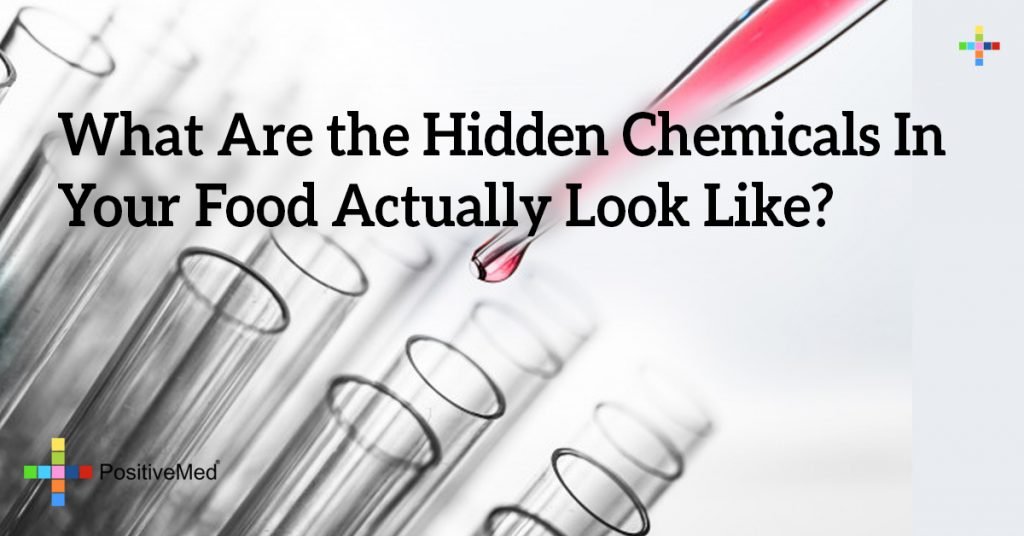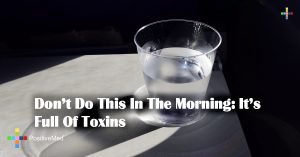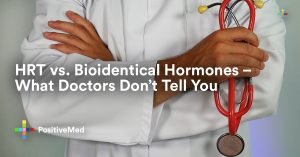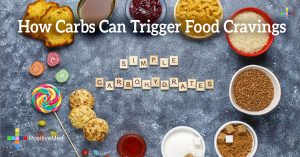
Fast foods and processed foods taste good; no, they taste great. That’s because an assortment of flavor enhancers and textural modifiers does a dance on your tongue. Here are some common industrialized ingredients found in packaged and prepared foods and what they do. (Don’t worry, meat-paste goop isn’t on the list.)
Carrageenan
A seaweed extract, Carrageenan has been used for decades. It gives foods a smoother texture by binding proteins and fats. It’s found in chocolate milk, soy and almond milk, diet shakes, ice cream, and some dairy alternatives.
Carrageenan can be made at home: wrap red seaweed in cheesecloth and boil it until a gel forms. Let it cool and you have carrageenan. Industrial methods render the dried gel into a whitish powder for shipping and ease of use.
Diacetyl
This additive literally stinks and it’s eaten virtually every day. Its odor is overwhelming rather than patently offensive. That’s because Diacetyl is the chemical used to flavor the artificial butter that lands on movie theater popcorn. Diacetyl is a byproduct of natural gas and it cannot be stored with other supplies because of its intensity.
Diglycerides and Monoglycerides
Glycerides are food additives formed when natural fats are heated and treated with pressurized water. The results are collected as a flaky powder. Glycerides are emulsifiers they hold water and fat together like a glue added to nut butter.
RELATED ARTICLE: 10 Disgusting Ingredients Found in Food
Lycopene
Lycopene is now a commonly seen word in marketing. Campbell’s Tomato Soup proclaims its lycopene content on the label. Lycopene is an antioxidant with many health benefits. It is found in asparagus, grapefruit, guava, paprika, watermelon and, of course, tomatoes. As an enhancer, lycopene contributes a nice reddish tint to whichever foods it’s added to.
Monosodium Glutamate (MSG)
This chemical is a staple in many commercial products and flavored snacks like Doritos. MSG tricks the brain into thinking it’s not satisfied hence all those empty bags of Doritos.
Yellow No. 5 (Tartrazine)
Yellow No. 5 is a powdery dye that results from combining sodium hydroxide with petroleum-based compounds. It’s classified as a neutral salt like Epsom salt. Tartrazine is present in many Kraft products and cheese-based microwave meals.
Some additives like lycopene and carrageenan serve a positive role in the food industry. Other additives are the result of experimentation. Where do you stand with a substance in your food that is not found in nature? Do you emphasize flavor and satisfaction or will you take a more health-minded stance toward what you put in your mouth?





